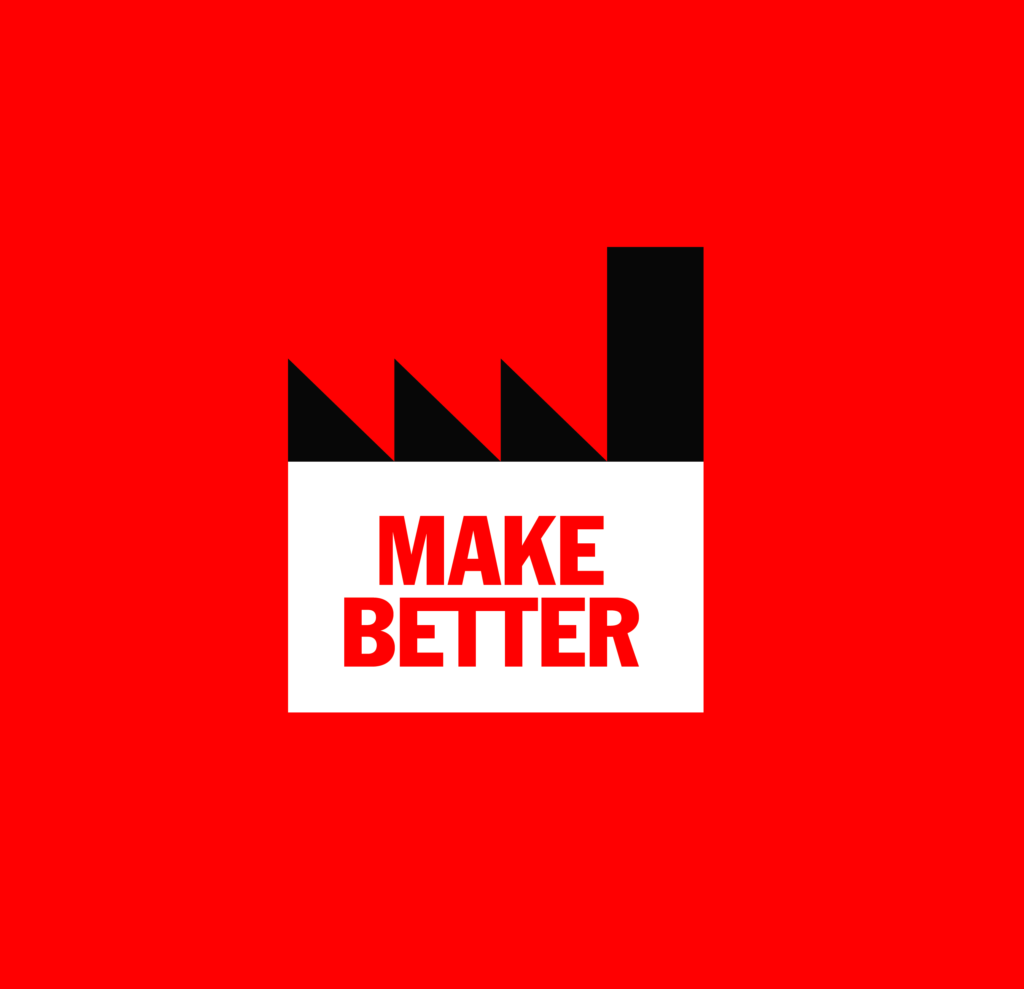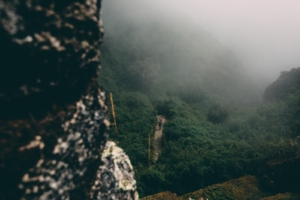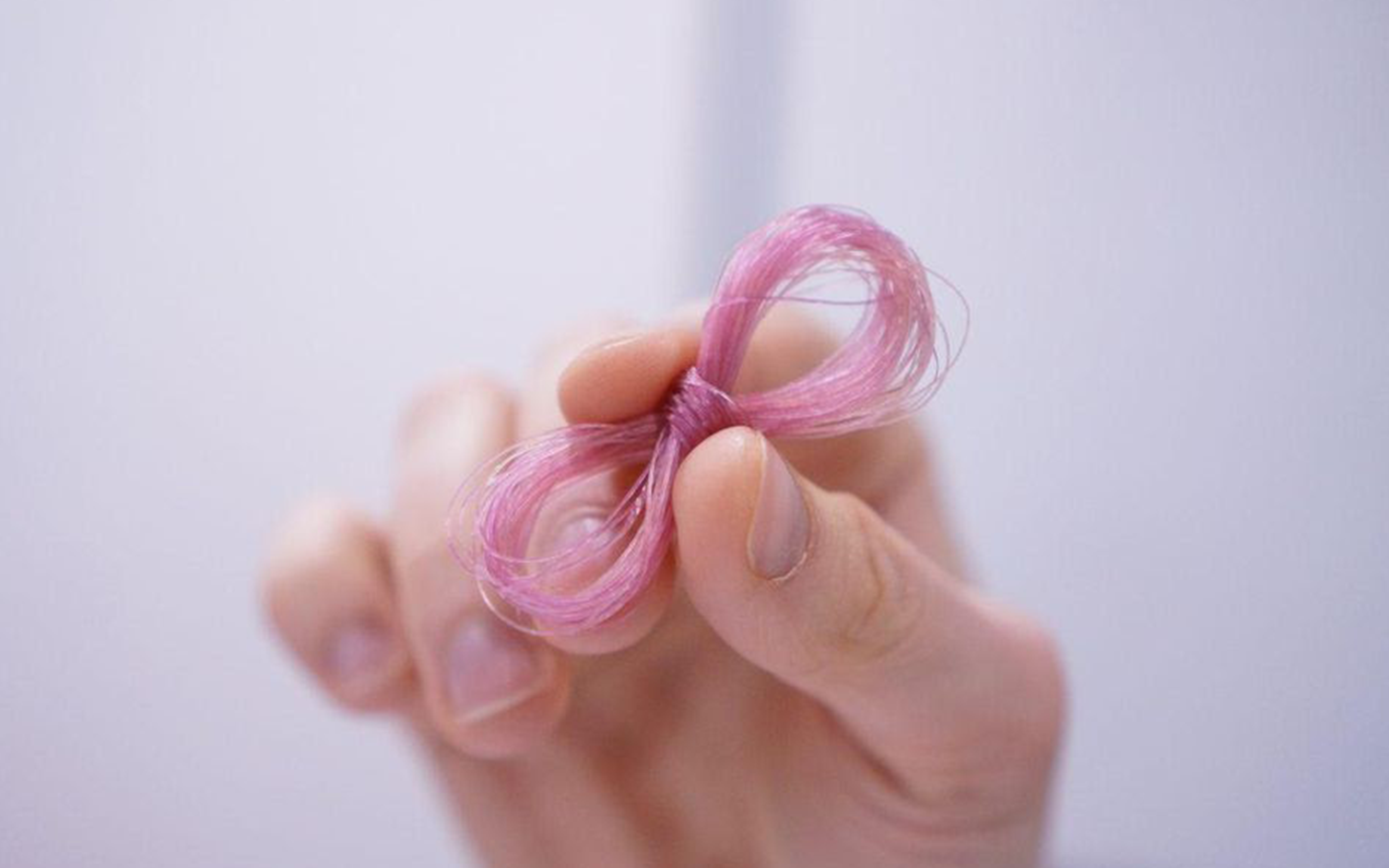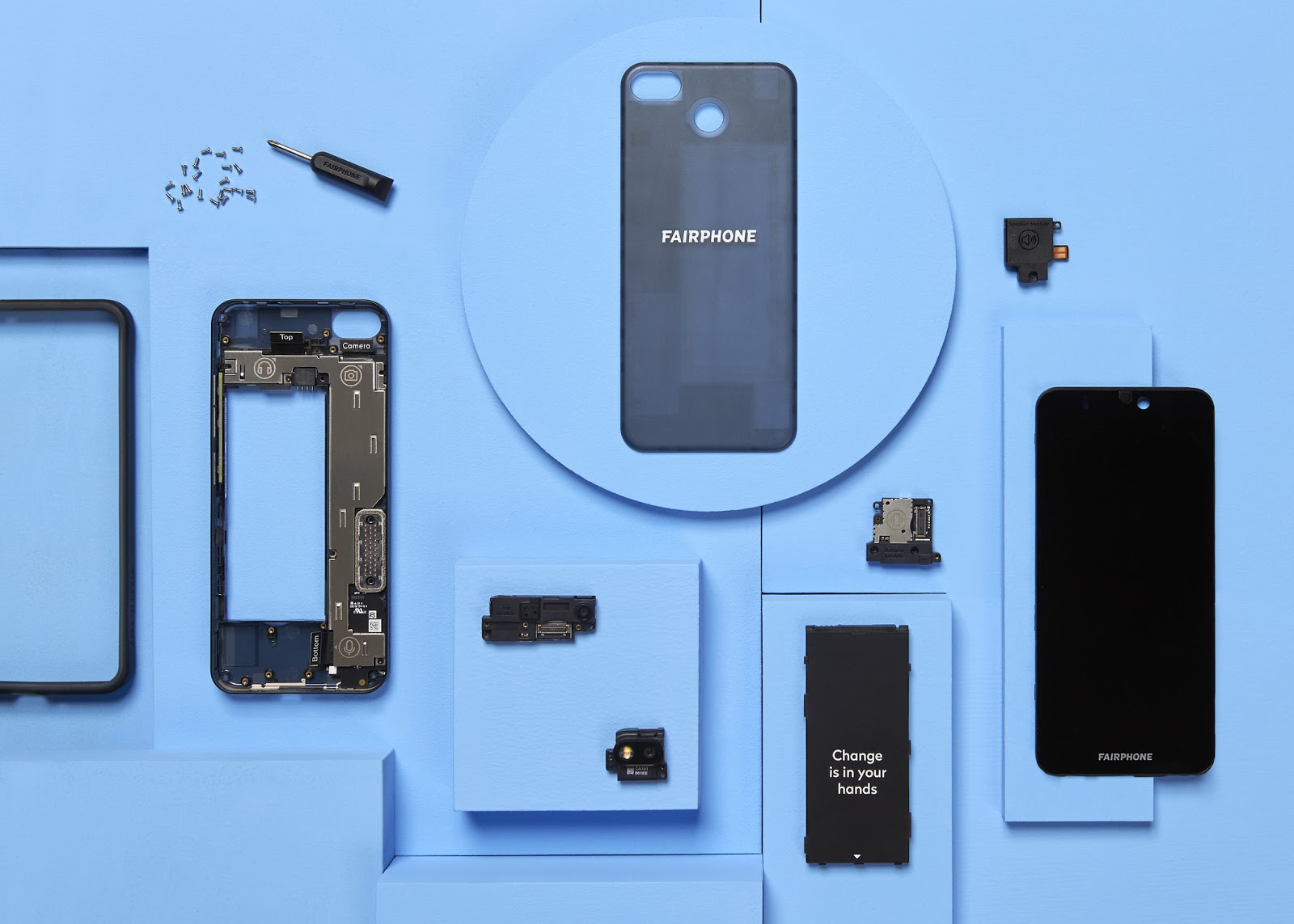
PROBLEM: PRODUCTS, SERVICES AND SYSTEMS ARE DESIGNED WITH LITTLE REGARD FOR WASTE AND OVERALL ENVIRONMENTAL IMPACT.
QUESTION: HOW CAN WE MAKE PRODUCTS AND MATERIALS THAT ARE KEPT IN USE AND/OR REGENERATE NATURAL SYSTEMS?
Make better
In this brief, we are asking participants to rethink how things are made and what they are made of, reducing waste before and during the production process. Here are some of the key issues we need to address urgently:
Services and systems currently favour profits for people, rather than profits for the planet.
The planet is generally not considered as a key stakeholder throughout the entire design, production and distribution processes. Many modern design practices, logistics, distribution and delivery systems are energy intensive and leak waste. Nature can no longer be considered an inert pool from which resources can be extracted endlessly.
Products are not designed to last and a single-use design mindset dominates across many industries.
The life cycles of products are short. Products and components are not designed to last and are replaced by new products quickly. This ‘planned obsolescence’ serves our economies well, but leads to a single-use mindset that’s destructive and pervasive.
Products are not designed using sustainable materials or processes.
Regenerative and low-waste materials, design techniques, and food preparation methods — both old and new — are still the exception, and not the standard.
GET INSPIRED
NATURA
PRODUCT DESIGN | BR
The Amazon is a great paradox. It is home to 55% of the world’s tropical forests and 20% of the world’s fresh river waters and has an invaluable biodiversity. But it also suffers from exploitative business models and industries that prevail in the region, and generate devastation and inequality. Personal care products brand Natura created a Negócios para a Floresta em pé (‘Standing Forest Business’) business ecosystem focused on fair trade, education, circular carbon, agroforestry system and socio-environmental benefits.
ALGIKNIT
FASHION DESIGN | USA
AlgiKnit is a bio-materials company integrating science and design into textile production. Addressing the overabundance of everlasting plastics, AlgiKnit creates durable yarns that rapidly degrade when composted. They envision the next generation of sustainable, wearable and ethical materials, produced within a closed-loop life cycle.
FAIRPHONE
PRODUCT DESIGN | NL
Fairphone is a social enterprise company that aims to develop smartphones that are designed and produced with minimal environmental impact. The company was founded by Dutch designer Bas van Abel in 2013 and has recently launched its third model. The Fairphone is sold across Europe and is supported by all the major telecom companies.
More briefs and info
How can we inspire the use of fewer natural resources and consume more mindfully?
How can we use waste as a resource or dispose more responsibly?




